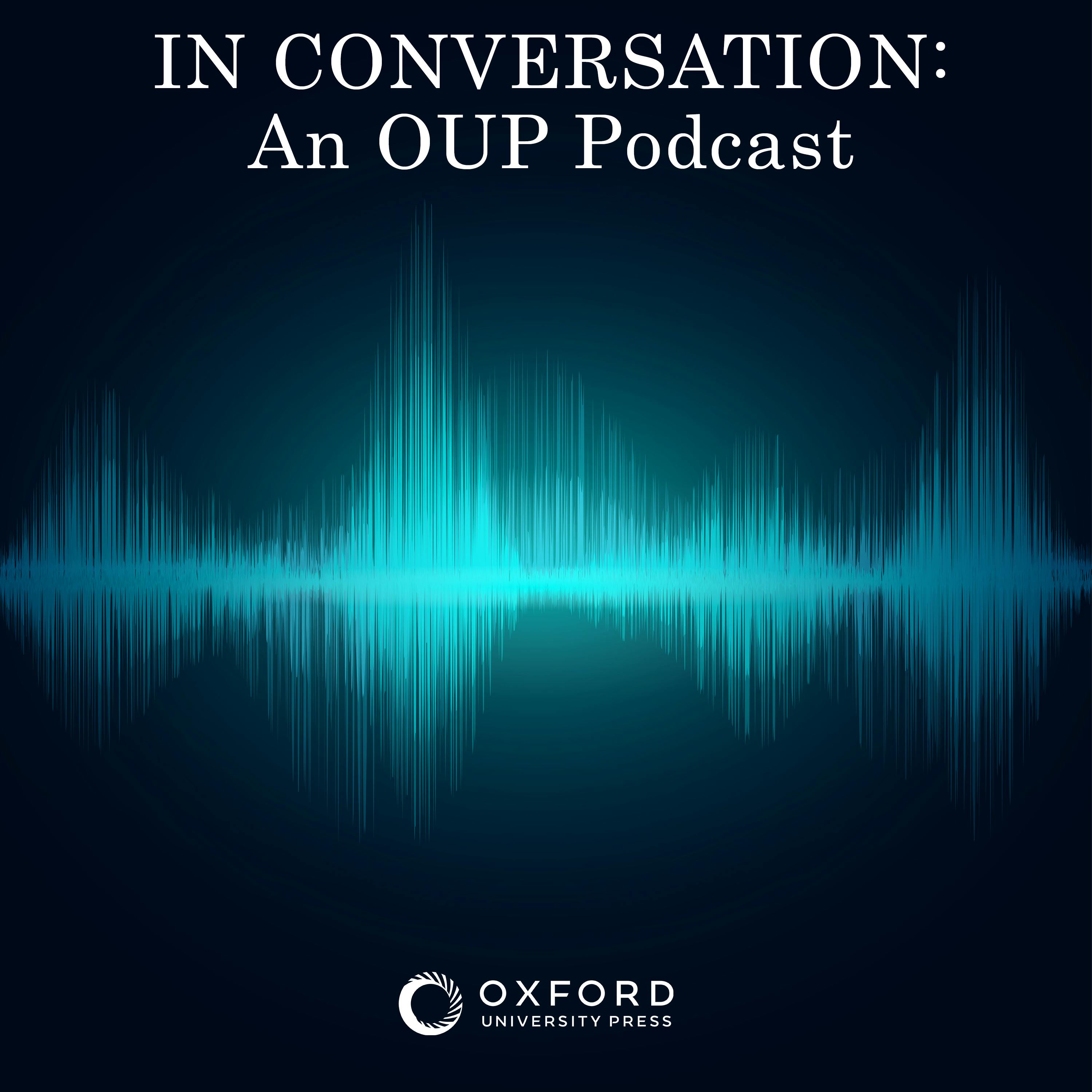
A. David Redish, “The Mind Within the Brain” (Oxford UP, 2013)

In Conversation: An OUP Podcast
Shownotes Transcript
Free will is essential to our understanding of human nature. We are masters of our own fate. We chart our own course. We take our own road. In short, we decide what we are going to do. There seems little doubt that free will is a reality. But how, psychologically and physiologically, does it work? How does free will arise out of what is essentially a biological machine? How do we decide?
That’s the question at the center of A. David Redish)‘s fascinating The Mind Within the Brain: How We Made Decisions and How Those Decisions Go Wrong) (Oxford UP, 2013). His elegant answer is that on the neurological level, we have a number of discrete decision-making mechanisms. They range (though there is no real order or hierarchy) from completely unconscious and mechanical, as when experience a nerve reflex, to completely explicit and flexible, as when we deliberate about options and choose one. Especially interesting is David’s discussion of what happens when one of these decision-making mechanisms breaks and goes into “failure mode,” namely, the manifestation of common psychological problems such as consistent irrationality, addictive behaviors, and PTSD. Listen in to our fascinating discussion.